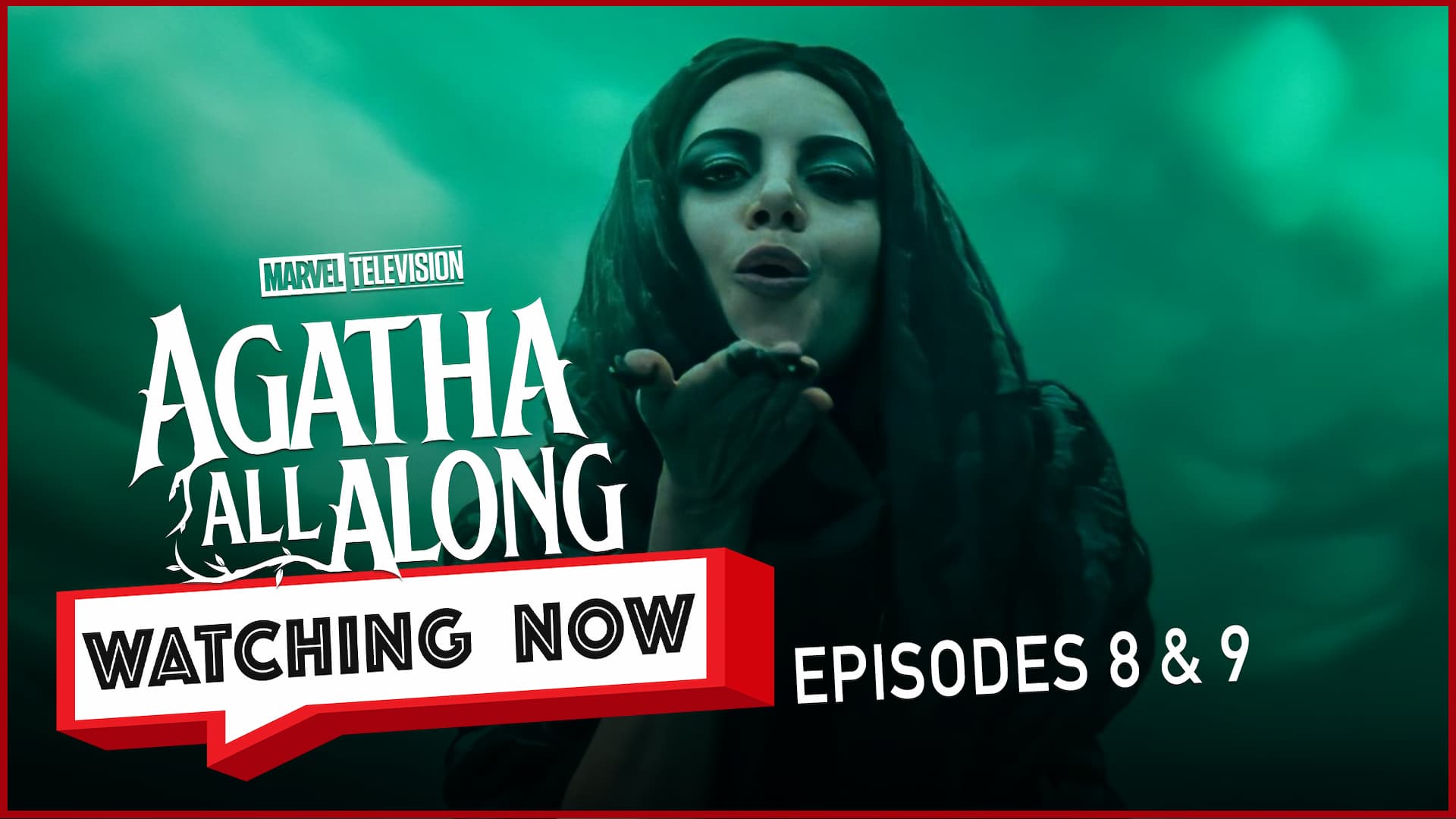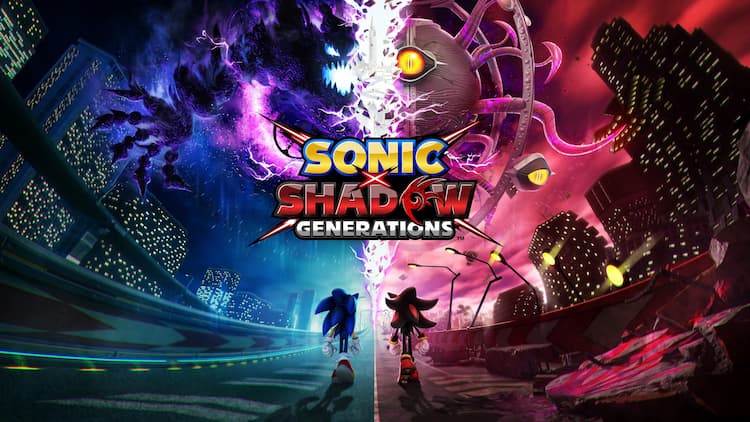
“Liminal space” is a sort of niche, pseudo-architectural terminology frequently associated with creepy shit on the Internet. If you enjoy looking at weird Photoshop creations online (think Trevor Henderson), pictures of strange or “dying” places, or have a passing familiarity with, say, “The Backrooms” lore, you might already have some sort of idea about what a liminal space is.
The very concept of liminal spaces might be confusing to the uninitiated–but that’s kind of the whole point. According to good ol’ Merriam-Webster.com, the state of liminality is a descriptor for “an intermediate state, phase, or condition.” Liminality defines a state between states. It’s a snapshot of a longer, as-of-yet-incomplete metamorphosis.
Liminal spaces occur where physical locations have outlived their utility. Derelict and decrepit, these places still echo stories from when they were bustling with human activity. Even still, there’s an eerie otherworldliness to liminal spaces. Though these environments may be empty now, a truly liminal space feels ready to teem with new life, to embody a new existence entirely. In this way, the exploration of these spaces is equal parts awe-inspiring and disconcerting.

It might be strange to associate liminal space with a character as cute as Kirby. He’s a powerful little pink puffball full of carefree whimsy! But avid Kirby fans know that the series has a dark side. Allies frequently betray the titular hero, final bosses often warp into eldritch horrors, and everything is never as it seems on Planet Popstar and the space it inhabits.
Kirby and the Forgotten Land continues the tradition of placing its namesake in mind-bending, horrific scenarios. In fact, this might be the darkest entry of the Kirby franchise to date. I don’t want to spoil the game for anyone who hasn’t given it a go yet, but Forgotten Land’s plot vaguely echoes a couple of story beats from Doctor Strange in the Multiverse of Madness (yes, really).
This game builds a sense of dread throughout the world that the player has to traverse on the way to the end–where the true horrors lay in wait. The Forgotten Land is a world in flux, and the player has no choice but to confront the past through the struggles of the present. Every section of the world is trapped in its own unique in-between state, a singular snapshot in a history the player isn’t privy to.

The game guides the player through several familiar themes, warping them in ways that make them feel like distant pipe dreams. Towering cities are trellised with plant life, looking like a cartoonish rendition of something that might be seen in The Last of Us Part II. The oceans have swallowed up heavy-duty industrial equipment, leaving only the very tops of cranes and half-constructed platforms for Kirby to travel across. An entire gothic city is frozen over, pockmarked with flooded subways and frigid, wind-blasted skyscrapers straight out of The Day After Tomorrow.
All of these disparate vignettes are tied together under one common throughline: this land has been abandoned by the humans that left these structures behind, and Mother Nature is taking it back. Every liminal space in the Forgotten Land is a twisted amalgamation of the manmade and the natural.

The liminality of these spaces is indicative of Kirby’s journey through the Forgotten Land, too. The lil pink poyo was just ripped from his home planet, and all of his friends, the Waddle Dees, were taken captive right before his eyes. He suffers from a broken past and an uncertain future, much like the Forgotten Land itself.
The beautiful thing about Kirby and the Forgotten Land, of course, is that the player can always rest assured that Kirby will eke out a win by the end of the game. The haunting liminality of both the physical world and Kirby’s predicament is predetermined to be resolved when all is said and done, making it much easier to enjoy the bizarre atmosphere as the game builds up. After all, the player is supposed to feel good by the time they put the smackdown on the final boss. It’s a “kids’ game!” That’s sort of their whole M.O.
I love that HAL Laboratory, Inc. is always willing to take risks when designing Kirby games. Kirby and the Forgotten Land is a joy to explore, fun to ponder over, and an absolute blast in general. I can only hope that we get a sequel jam-packed with just as much chillingly beautiful environmental design as this entry into the series!
These haunting transitory spaces can make all the difference in how memorable a game is to a player. Do any games you love implement liminal space into their environmental design? Let me know in the comments down below! I’d love to hear all about them!




I’ve never played Kirby, but I’ve heard a little about the game and never would’ve guessed it had horror elements. This is an interesting read!